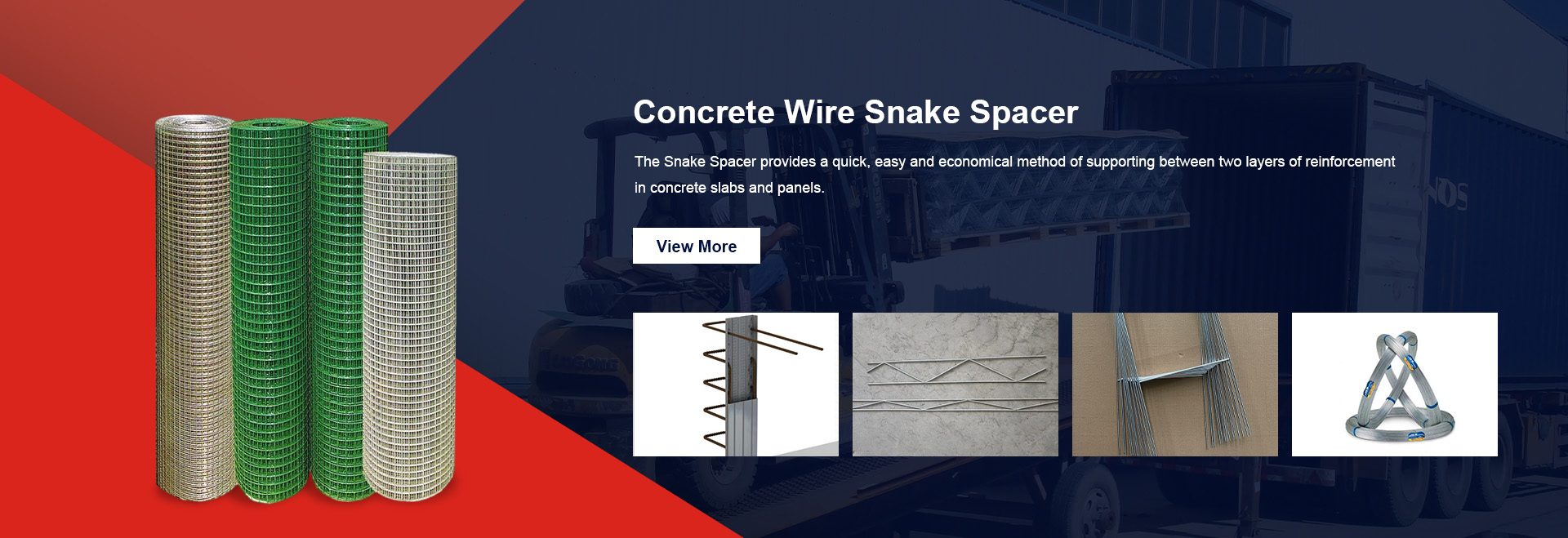
- Mobile Phone
- +8613931874955
- sales@cntcmetal.com
Affordable Chicken Netting Options and Prices for Your Poultry Needs
Understanding Chicken Netting Prices A Comprehensive Guide
When it comes to poultry farming, ensuring the safety and well-being of chickens is paramount. One of the most effective ways to protect your flock from predators while providing a secure environment for them to roam is through the use of chicken netting. However, as a farmer or poultry enthusiast, you might find yourself wondering about the costs associated with chicken netting. This article will delve into the factors influencing chicken netting prices, types of netting available, and tips for making an informed purchasing decision.
Factors Influencing Chicken Netting Prices
1. Material Chicken netting can be made from various materials, including galvanized steel, plastic, and nylon. Galvanized steel netting, while more expensive, offers durability and long-term protection against larger predators. On the other hand, plastic netting is lightweight and more affordable but may not withstand harsh weather conditions or determined intruders.
2. Gauge and Size The thickness of the wire used in the netting also affects the price. Thicker wires (lower gauge) provide enhanced durability and protection but generally come at a higher cost. Additionally, the size of the netting rolls can influence pricing. Standard rolls are often available in lengths of 50 to 100 feet, and the width can vary. Larger rolls may provide better value for those managing extensive poultry operations.
3. Mesh Size The spacing between the wires, known as mesh size, is crucial for the safety of chicks and adult chickens alike. Smaller mesh sizes prevent the escape of smaller birds and the entry of small predators. While netting with smaller mesh may be pricier, it is essential for protecting your investment in poultry.
4. Brand and Quality Not all chicken netting is created equal. Various brands offer different quality levels, and this often reflects in the price. Established brands with a reputation for quality and durability may charge more, but investing in higher-quality netting can save money in the long run by reducing the need for frequent replacements.
5. Location and Shipping Costs Prices can vary significantly depending on your geographical location. Shipping fees can also contribute to the overall cost, especially if purchasing from a distant supplier. It's advisable to check local suppliers first to minimize shipping expenses.
Types of Chicken Netting
1. Wire Netting This traditional option is extremely durable and usually made from galvanized steel. It is effective for preventing predator access and can last for many years. However, it is heavier and may require more substantial support structures.
chicken netting price

2. Plastic Poultry Netting Lightweight and easy to install, plastic poultry netting is often used for temporary enclosures. It is less expensive but may not provide the same level of security against larger animals.
3. Electric Netting For those looking for an advanced option, electric netting offers a combination of security and flexibility. It deters predators effectively through a mild electric shock, making it a popular choice for free-range poultry.
4. Chicken Wire Often used for smaller enclosures, chicken wire is a cost-effective option for preventing chickens from escaping or smaller predators from entering. However, it is not as strong as other options and may not withstand larger threats.
Tips for Purchasing Chicken Netting
1. Assess Your Needs Before purchasing, consider the specific needs of your flock and the level of protection required. Take into account the size of your coop and outdoor space.
2. Compare Prices Shop around and compare prices from different suppliers. Look for sales or bulk purchase options.
3. Read Reviews Online reviews can provide insights into the performance and durability of various types of chicken netting. Look for feedback from other poultry owners.
4. Consider Long-Term Costs While it may be tempting to choose the cheapest option, consider the long-term costs associated with replacements and repairs. Investing in higher-quality netting may be more economical over time.
In conclusion, understanding the various factors influencing chicken netting prices helps poultry farmers make informed decisions. By carefully evaluating the needs of your flock, comparing options, and considering long-term value, you can effectively protect your chickens while managing costs. With the right chicken netting, you can ensure that your poultry thrives in a safe and secure environment.
share:
-
Why Sacrificial Formwork Is Redefining Underground ConstructionNewsJun.06,2025
-
The Structural Dynamics of Modern Concrete: How Snake Spacers Revolutionize Flexible ReinforcementNewsJun.06,2025
-
Snake Spacers Smart-Lock Concrete Reinforcement with Surgical PrecisionNewsJun.06,2025
-
Snake Spacers: Reinforcement Precision for Modern Concrete ProjectsNewsJun.06,2025
-
Snake Spacers Powering Concrete's Structural DNANewsJun.06,2025
-
Slither into Success: Snake Spacers' Precision Bite for Unbreakable ReinforcementNewsJun.06,2025
-
Sacrificial Formwork: Building Stronger, Faster, and Safer StructuresNewsJun.06,2025



















